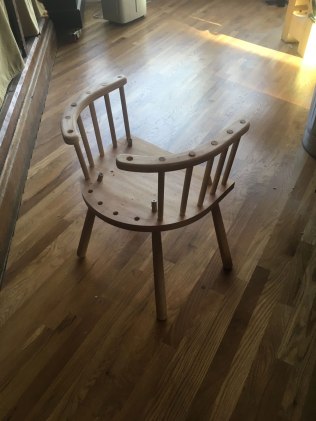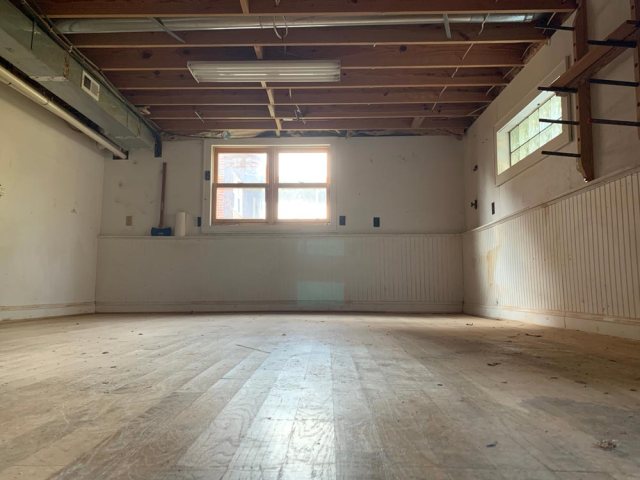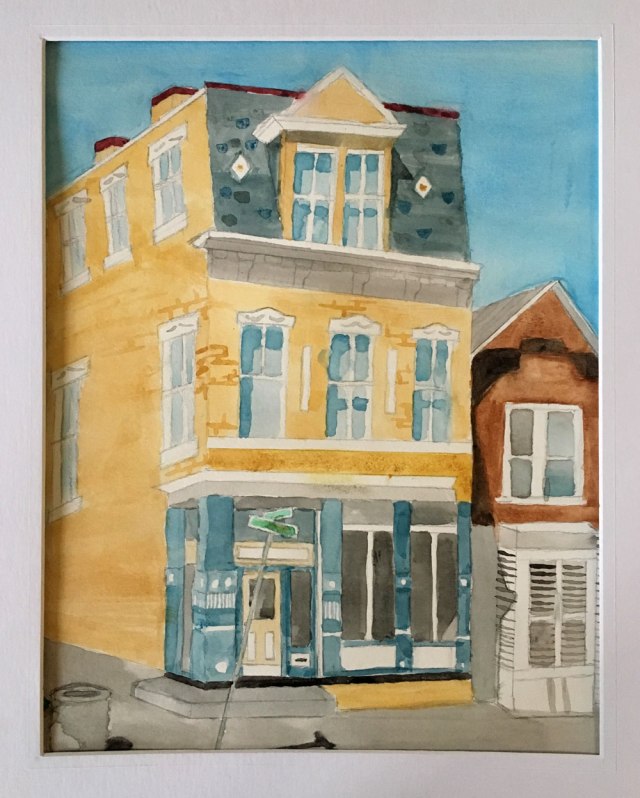Introducing ‘The Book Book’ –
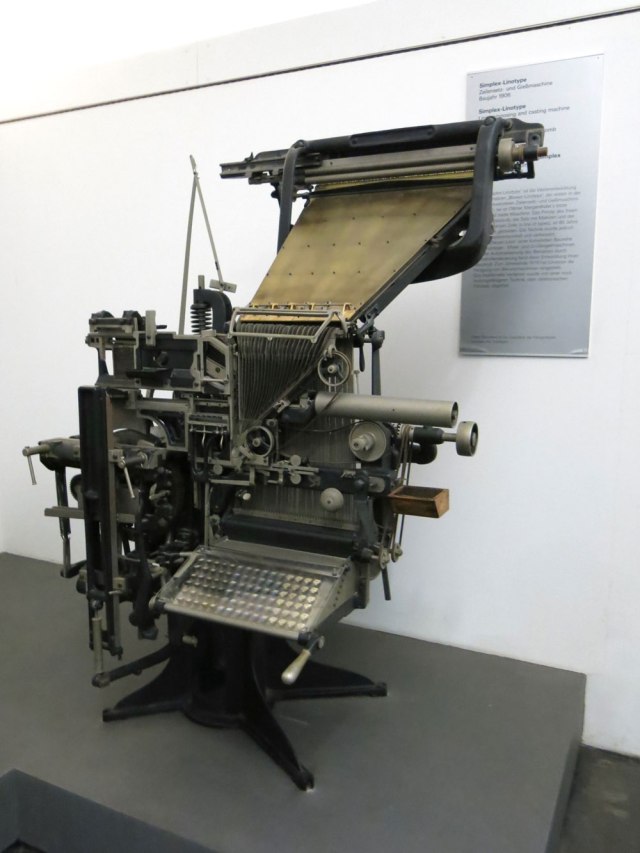
While most woodworkers have built a basic bookcase, few have paused to consider the long, complicated and interesting relationship between the history of the book itself and the shelves, cases, stands and lecterns that hold it.
Unlike most furniture, which is designed to suit the human form, bookcases are based on the standard sizes of books, which just might be related to the size of a medieval sheep or calf (seriously).
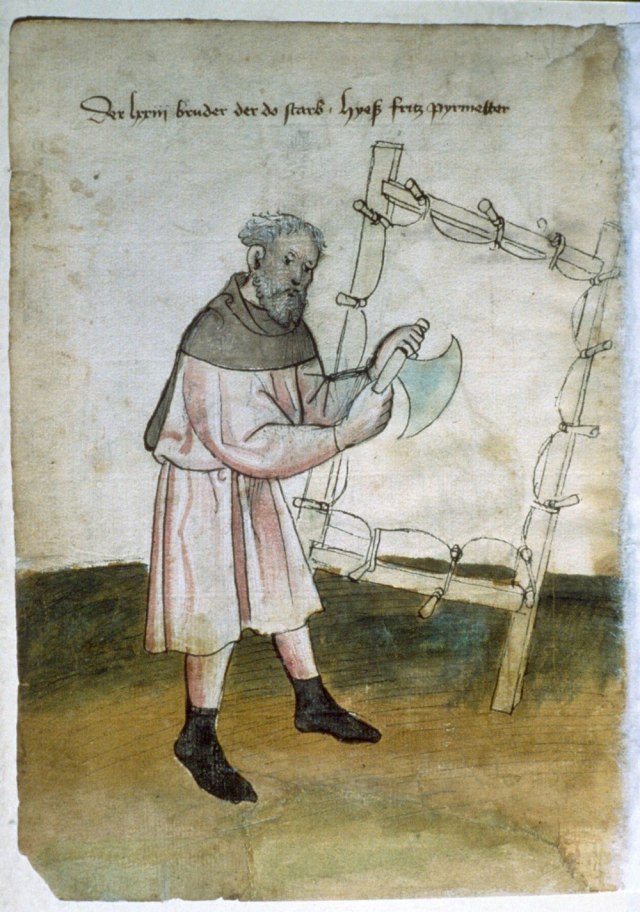
Kieran Binnie and I have decided to plumb the intertwined history of the book and the casework that displays and protects it. This book, which we are calling “The Book Book,” will explore the origins of bookmaking and the allied development of bookcases, from the time when books were handwritten and chained to the furniture all the way up to the ubiquitous IKEA bookcase.
Along the way, Kieran and I will build some of the more interesting projects we dig up from the historical record. As of now, we have a list of a dozen projects for the book, but I’m sure that will change as our research progresses.
Kieran’s initial explorations have already turned up information about book production that – as a publisher – is quite shocking. Most publishers (me included) think the birth of large-scale book manufacturing occurred when the Chinese and Johannes Gutenberg invented movable type. That’s just not so.
There is lots of evidence that specialized book manufacturing was thriving for hundreds of years before Gutenberg – and not just for royals and the wealthy. And so our search for the earliest origins of the bookcase also will extend way before Gutenberg.
To be sure, we have a lot of work ahead of us. Kieran has completed his work on “The Life & Work of John Brown,” and the remainder of that book is in the hands of Christopher Williams. So Kieran has been diving deep into the historical record and is pulling me along for the ride.
As always, we’ll be sharing the stuff we learn here on the blog. In addition to the research and building, I’m looking forward to designing this book, which will likely resemble some of the early books I got to see on a tour of the Gutenberg museum in Mainz, Germany, in 2017. So expect lots of non-standard typography, layouts and even book structure.
— Christopher Schwarz and Kieran Binnie (visit his blog Over the Wireless)
